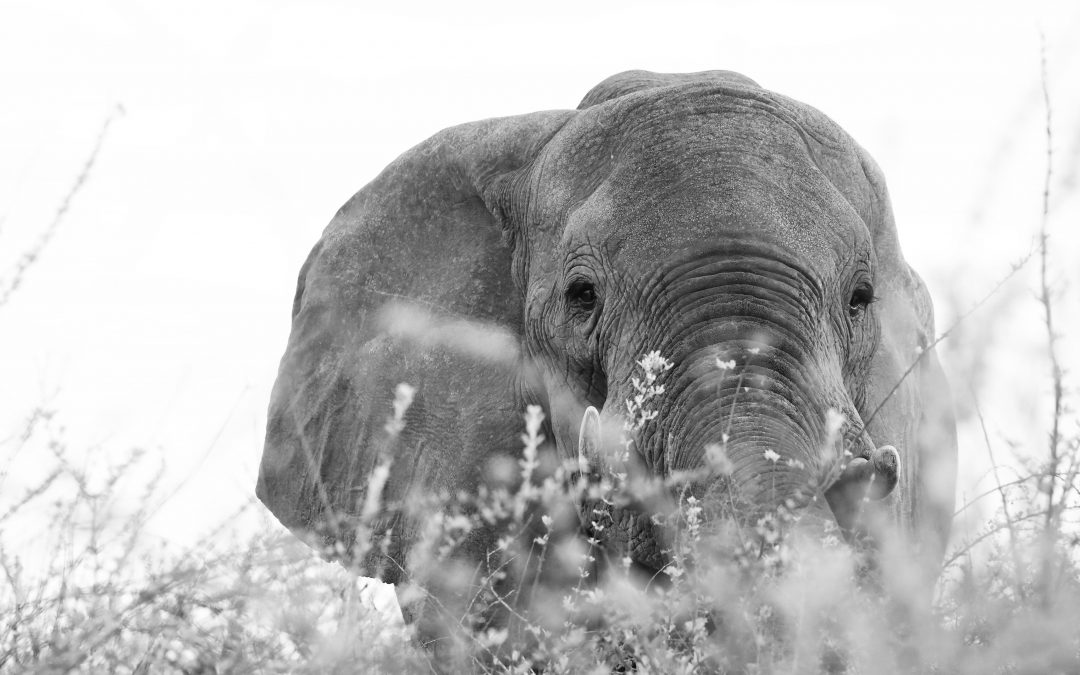It rained last night. The sand is wet and the elephant dung sticky. A dung beetle had just proudly finished constructing a tight dung ball and proceeds to roll it down the sandy road in a characteristic-yet-amazingly-perfect straight line. He is on his way to the tunnel to bury the ball where his mate will lay eggs in it for the next generation. The ball will also serve its purpose as valuable fertilizer, providing nutrients to the roots of the surrounding Kalahari apple-leaf trees. The ball is his sole focus, his reason, his life. Like the acorn to Ice Age’s furry squirrel Scrat. But nothing is ever easy in the animal kingdom. For here comes a big bully male dung beetle, with biceps five times larger and a bad attitude. He seems to ask ‘Do you even lift, bro?’. A tussle ensues and Dung Beetle does whatever he can to defend his ball against Big Bully, but survival of the fittest wins every time. Big Bully now owns the ball and Dung Beetle must start from scratch. Had we not stopped for a minute to look closer, we would have missed this dramatic series of events in Dung Beetle’s life.
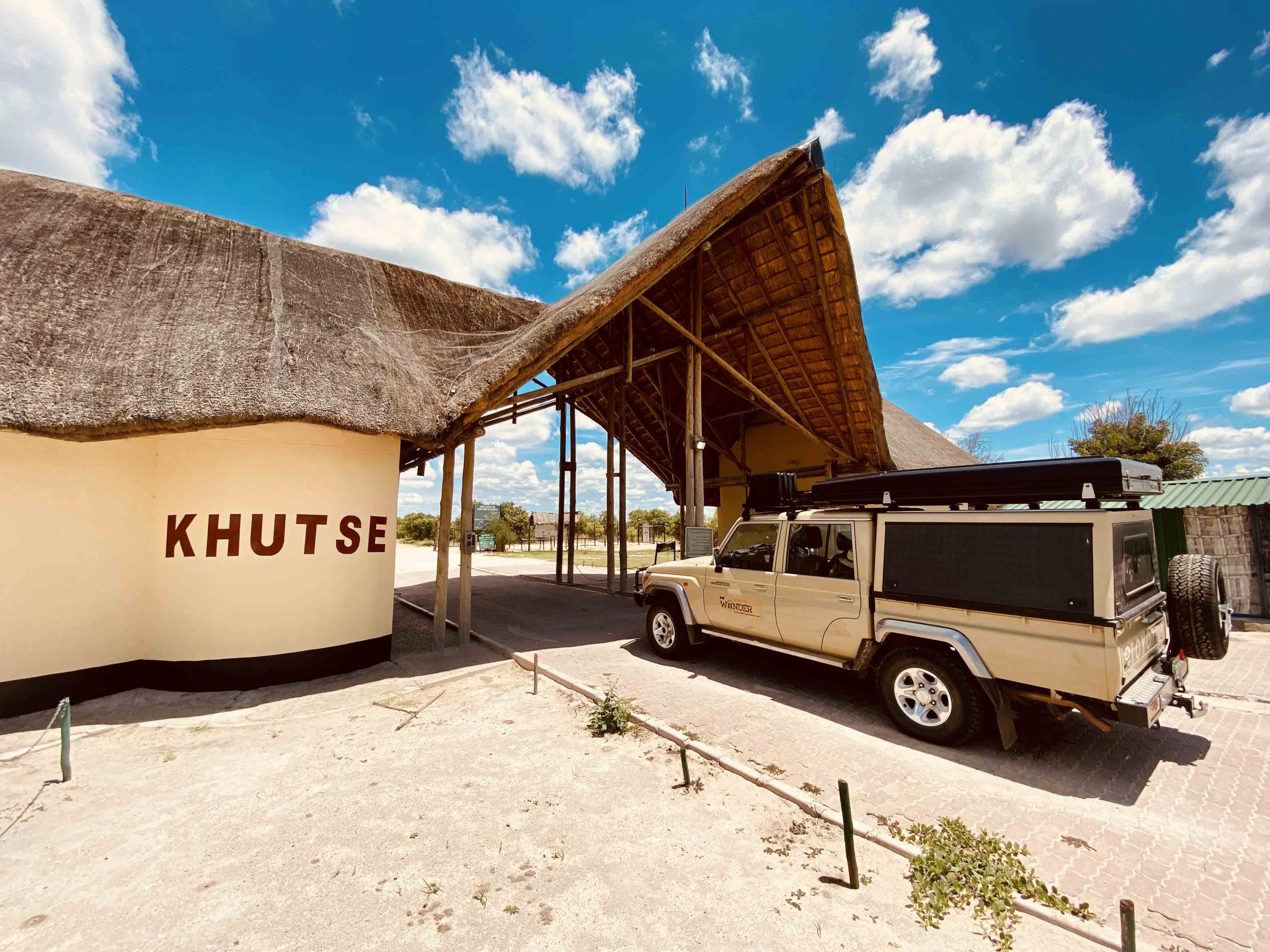
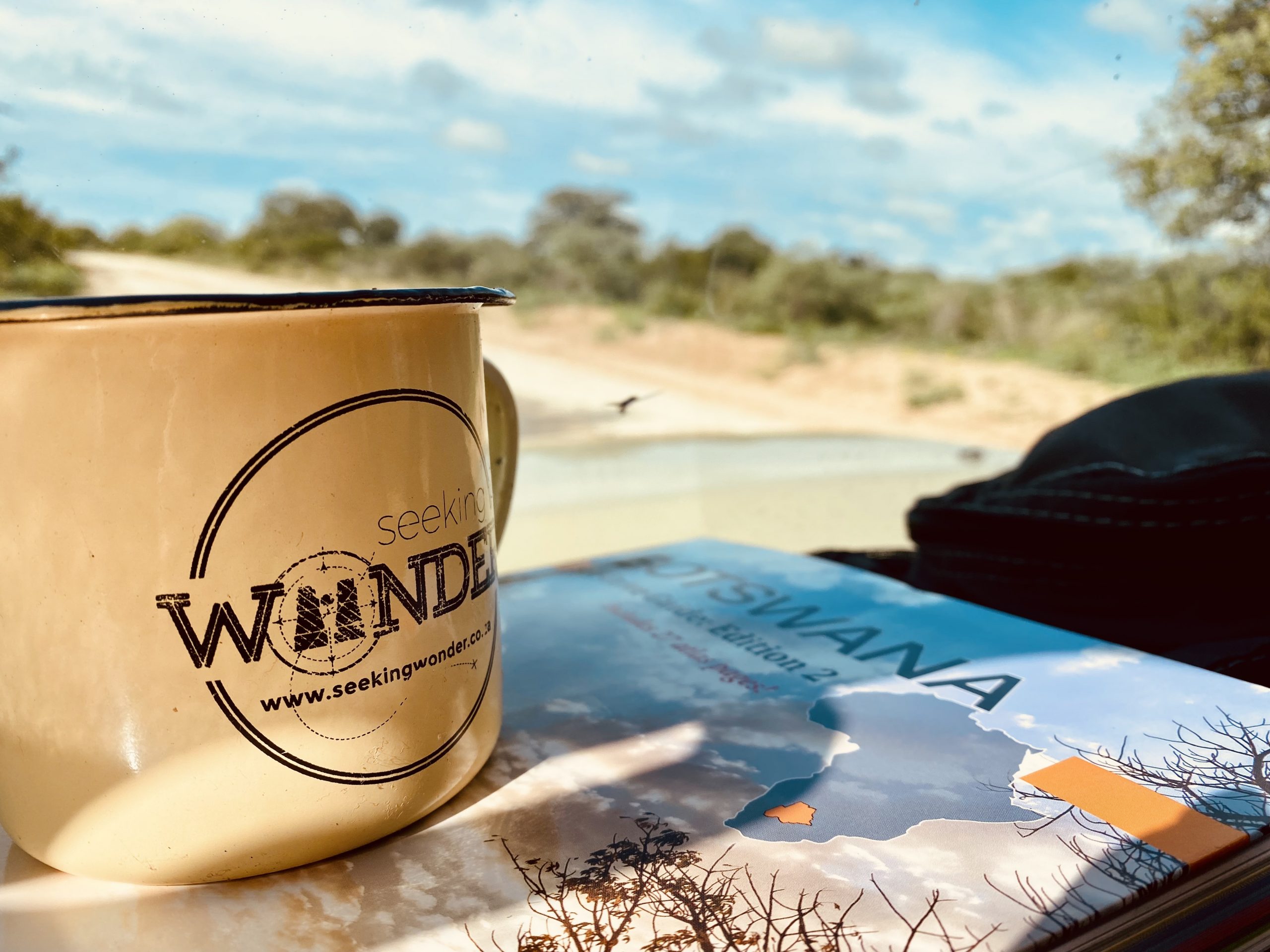

We are in Khutse Game Reserve, located in central Botswana bordering the Central Kalahari Game Reserve. Often somewhat overlooked by overlanders in favour of the massive CKGR next door, it is in fact linked to its neighbour thanks to the general lack of fences in the country. Khutse is almost a bitesize version of the CKGR, with the same animals being found and rolling grasslands and fossil dune bushveld dominating the landscapes between various salt pans. These pans fill up during the rainy season to attract herbivores from hundreds of surrounding kilometers, with carnivores following suit. Hence also the name Khutse, meaning ‘the place where you can kneel down and drink’.

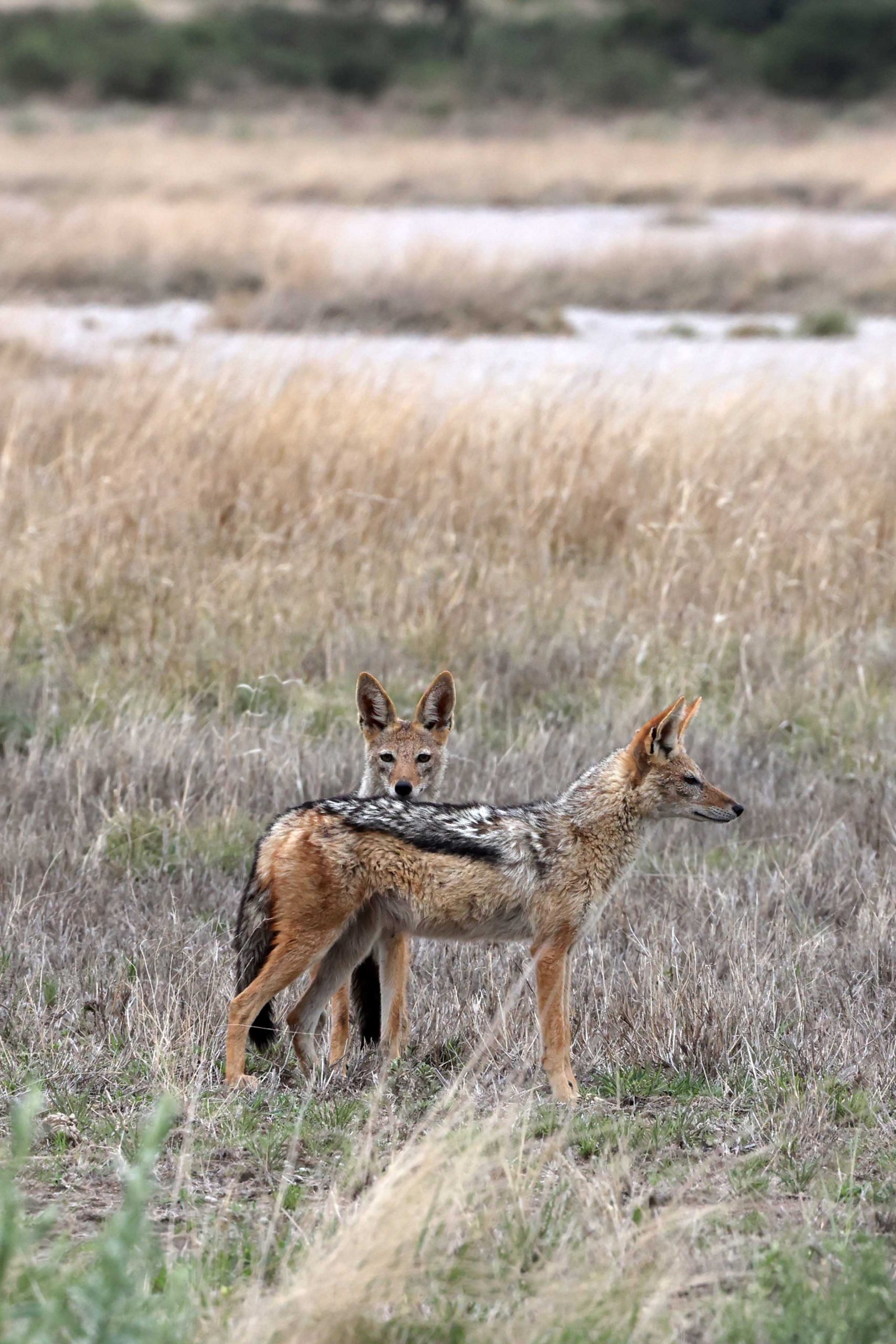
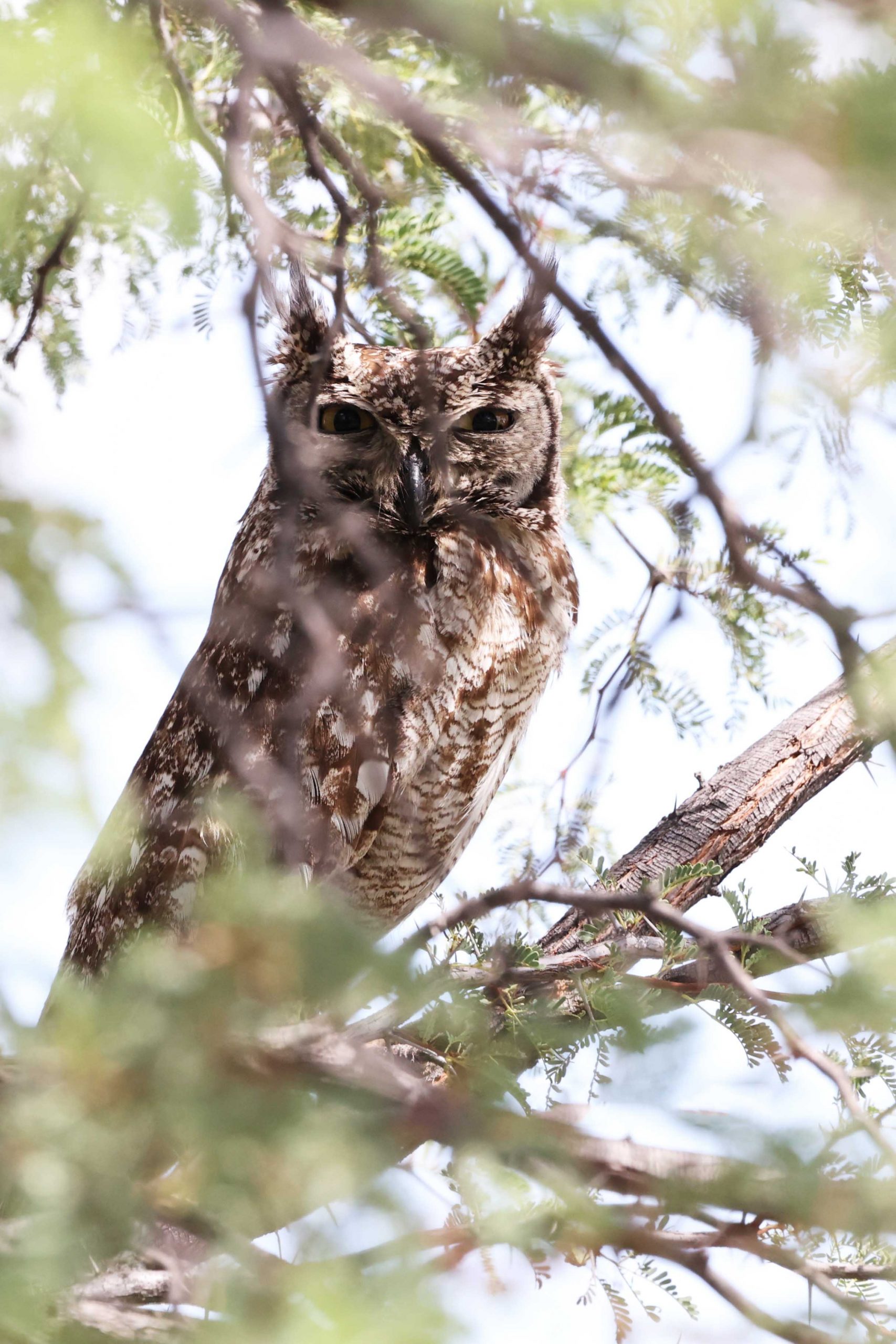
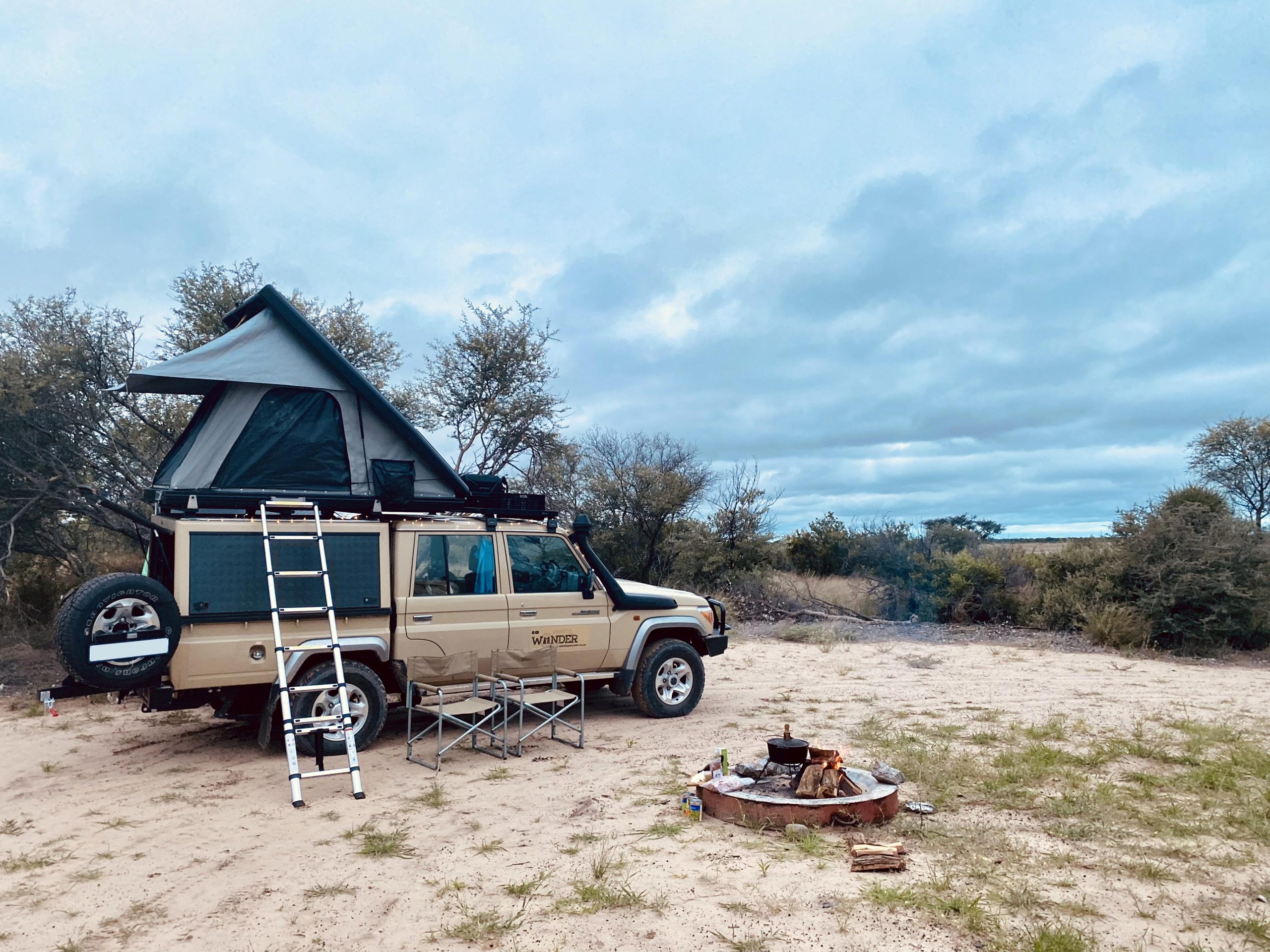
An old bull elephant smells the air. He is a wanderer by nature and is visiting the Khutse pans area, just as he has done for the last thirty years. Not many elephants wander these parts, but he comes here from further north in search of the seasonal water. To him it seems that he must depart from his beloved Khutse plains a bit earlier every year when the waterholes dry up. He had just taken a luxurious mud shower and is on his way to his tree over there at campsite no. 2 for his daily lunchtime rub-down and rest. But the dreaded smell of diesel and humanity keeps him at bay. He watches curiously as two humans lie reading in the midday shade of his tree. They notice him and excitedly scramble for their lenses. Time to move on then. As soon as they leave on their afternoon drive, he will come back for his scrubbing to inspect their campsite. When we arrive back just before dark, we find his tracks all around our camp.

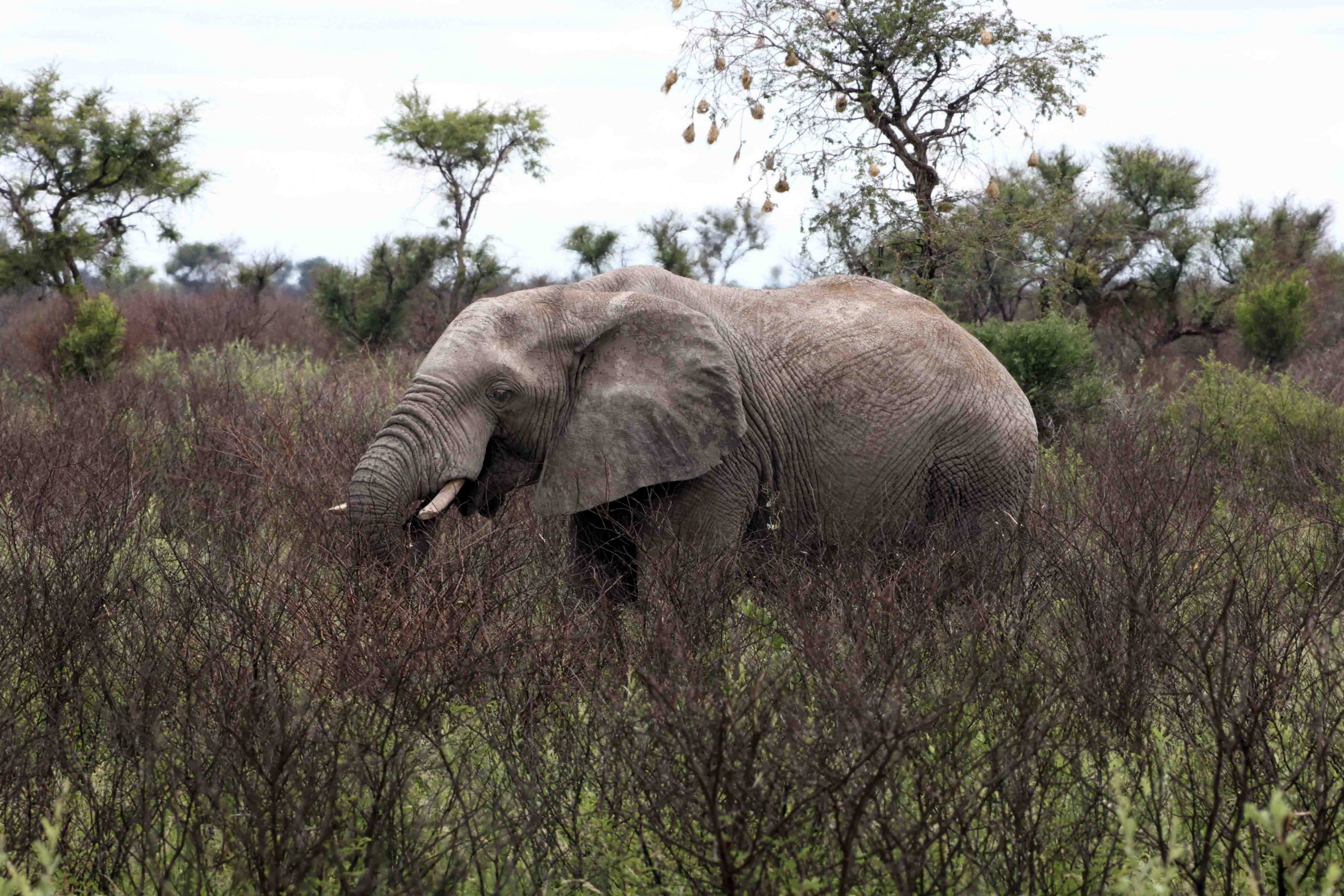
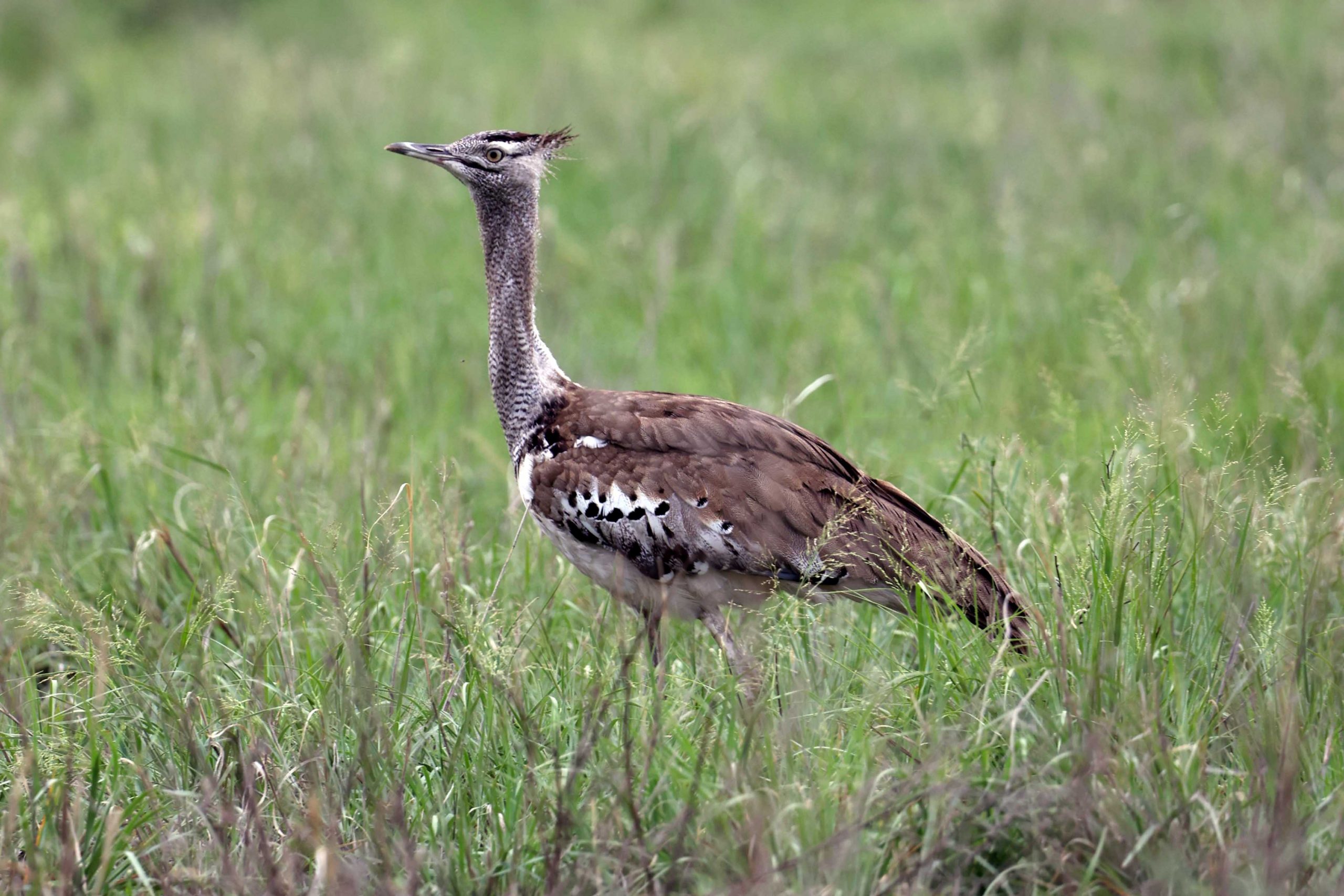
A western barn owl perches on her favourite tree stump to survey her hunting ground. Tonight is a full moon so the field mice will see her shadow. She sees a new structure in her territory tonight. A vehicle with an open rooftop tent is parked in the middle of the clearing. What a bonus – not only do the pap crumbs they dropped invariably attract her prey, that high tent structure looks like a fabulous lookout perch for tonight. No wonder barn owls are found throughout the world, quickly adapting to their changing surrounds. It is almost midnight when we are awakened by the scratching of her sharp claws taking hold on our roof, with her inflight screech giving her identity away.
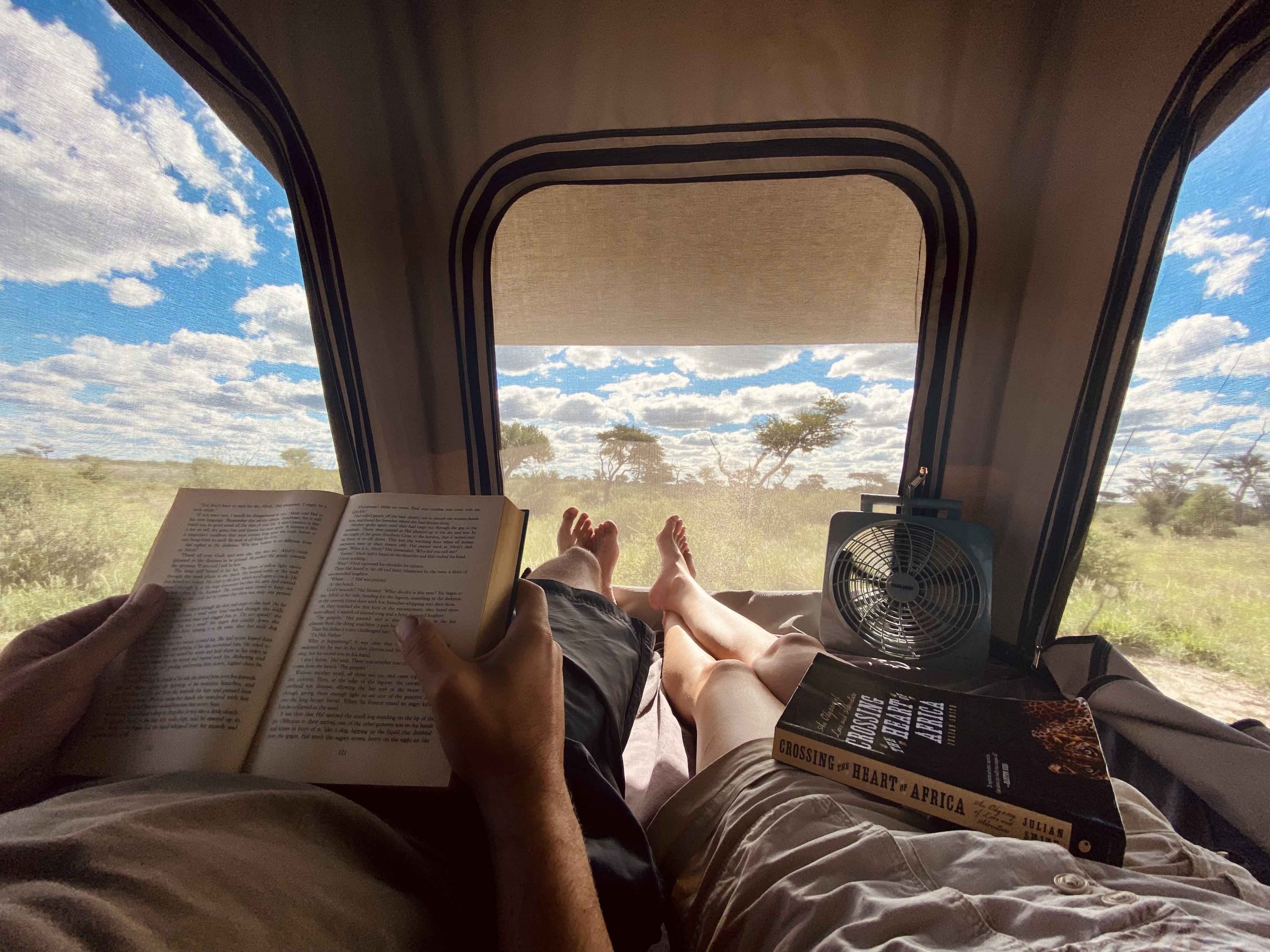
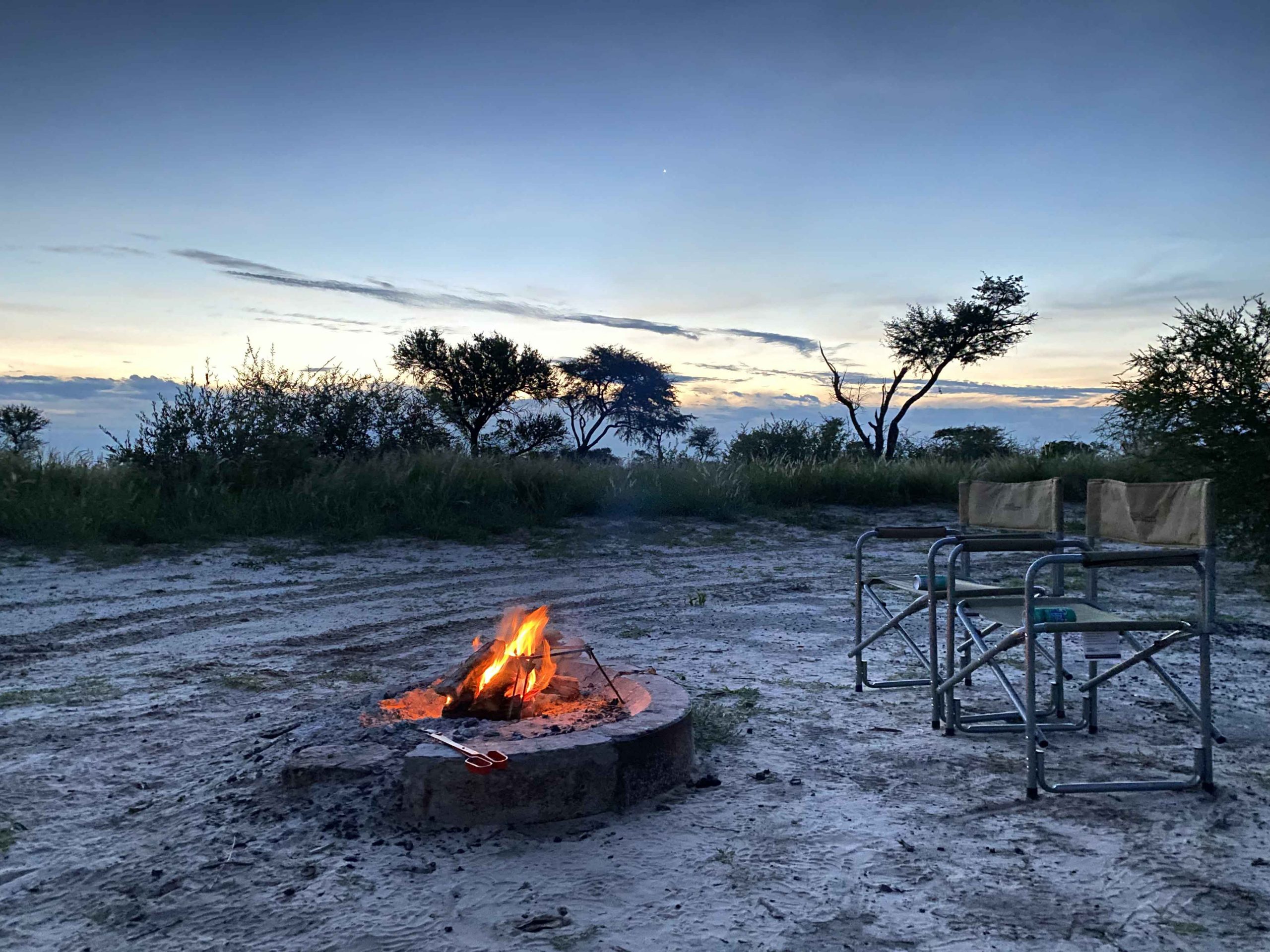
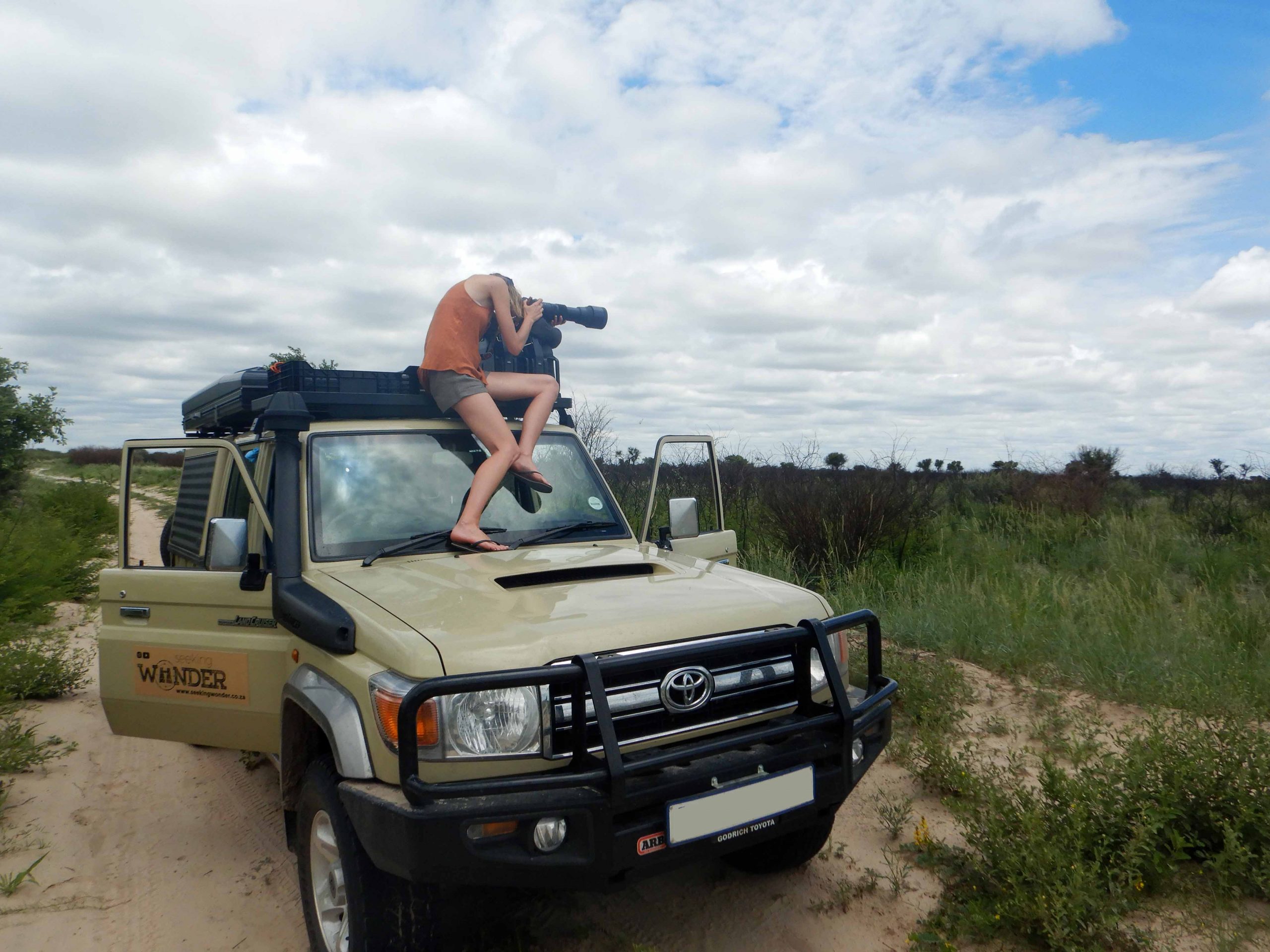
We spend four nights in Khutse and can easily stay for another four. The sense of remoteness is profound. The tranquillity of sitting at a waterhole for hours watching the clouds turn from white to pink to golden is hypnotic. We are immersed in the surrounds, and sightings blurr into memories. Thinking back, we wonder how the lead characters of our memories fare in their own dramas. Did the dung beetle ever manage to get a ball to his tunnel without it being stolen by a bully? Does the elephant still browse the fringes of campsite no. 2 or has he wandered off? And how many other campers still get to share their accommodation with the hunting barn owl? Perhaps the best way to find out is to go and see for yourself.


